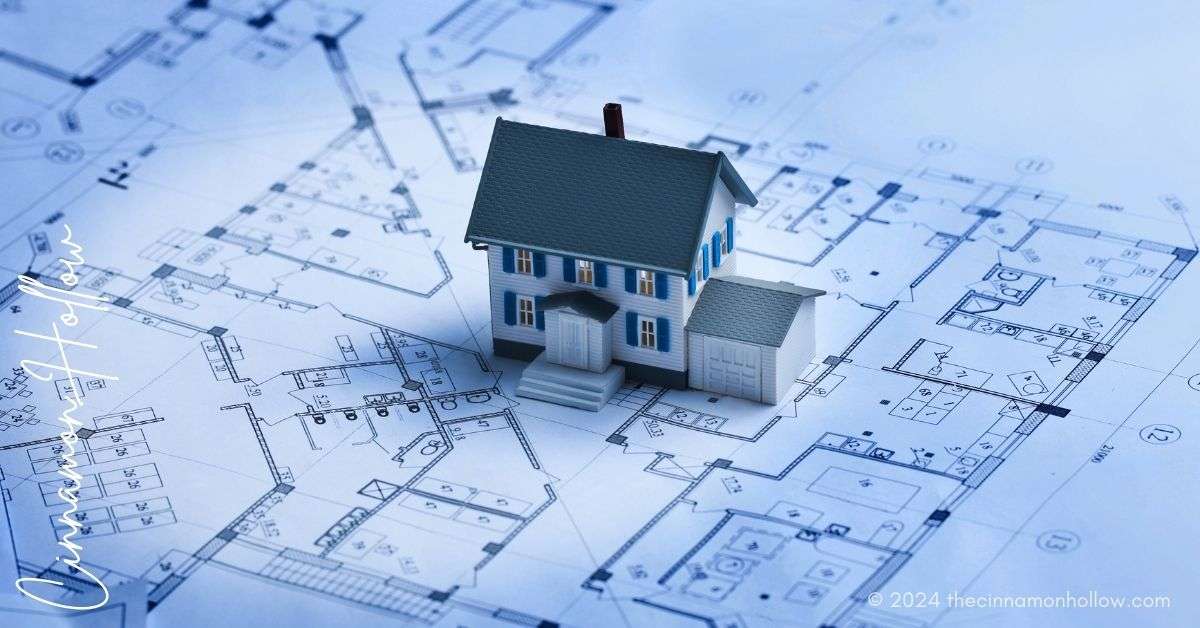Have you ever stepped into a home that instantly felt perfect, where every corner mirrored the owner’s personality? Imagine creating that kind of space for yourself. It’s not just about following trends or splurging on fancy furniture; it’s about designing a place that truly embodies your essence.
If you’re yearning for a living space that feels uniquely yours, look no further. In this article, we’ll explore how to infuse your personal style into your living space. So, get ready to transform your space into a sanctuary that speaks your language–let’s dive in!
Understanding Your Personal Style
The first step in designing a home that embraces your essence is understanding your personal style. This involves a bit of self-reflection. Look at your wardrobe, your favorite colors, and the things you’re drawn to. Are you more into minimalism, with clean lines and neutral tones? Or do you love bold patterns and vibrant colors? Your place should be an extension of who you are.
Take note of places that inspire you. Maybe it’s a cozy café, a friend’s house, or even a boutique hotel. What elements do you love about these spaces? Is it the warmth of the wood furniture, the play of natural light, or the eclectic mix of decor? Use these inspirations to define your style.
Seek the Help of Professionals
Designing a home that truly reflects your personality can be challenging. This is where a professional interior designer comes in handy. They have the expertise to bring your vision to life. They can offer valuable insights and creative solutions that you might not have considered.
When choosing a professional, look for someone who listens to your ideas and understands your vision. Show them your inspirations, and be open to their suggestions. The step process consists of the following steps:
- Initial Consultation: The designers visit to understand the space and your vision.
- Resourcing: Select furniture, fabrics, paint, and accessories.
- Client Presentation: Reviewing the design plan and samples.
- Project Management: Handling orders, vendor communication, and coordination.
- Delivery and Installation: Overseeing delivery and placement.
- Follow-Up: Ongoing support for additional design needs.
Remember, it’s a collaborative process. A good designer will help you refine your style and create a cohesive look that feels uniquely yours.
Colors and Textures that Reflect Your Essence
Colors and textures play a crucial role in interior design. They set the mood and can significantly impact how you feel in a space. Select colors that connect with you and showcase your preferences. Gentle, subdued tones can foster a serene environment, whereas bright, lively colors can invigorate a space.
Textures add depth and interest to a space. Mix and match different materials like wood, metal, and fabric to create a rich, layered look. Think about the tactile experience – a plush rug underfoot, a smooth marble countertop, or a rustic wooden table. These elements can make your place feel more inviting and comfortable.
Creating Multi-Functional Spaces
In today’s homes, functionality is key. Creating multi-functional spaces can maximize the use of your place, especially if you have limited square footage. Think about how each room can serve more than one purpose.
For example, a guest bedroom can double as a home office. A dining area can also serve as a workspace or a place for kids to do homework. Use furniture that can adapt to different functions, like a sofa bed or a dining table with storage. This flexibility can make your place more efficient and enjoyable to live in.
Outdoor Spaces and Nature Integration
Don’t forget about your outdoor spaces. Integrating nature into your place can enhance your well-being and create a more harmonious living environment. If you have a garden or balcony, make the most of it. Add comfortable seating, plants, and lighting to create an inviting outdoor retreat.
Even if you don’t have much outdoor space, you can still bring nature indoors. Use houseplants to add greenery and improve air quality. Choose natural materials like wood, stone, and linen in your decor. Open your windows to let in fresh air and natural light. These small touches can make a big difference in how your place feels.
Embracing Technology and Sustainability
Modern home design isn’t just about looks – it’s also about embracing technology and sustainability. Smart home technology can make your life easier and your house more efficient. Consider installing smart lighting, thermostats, and security systems. These devices can be controlled remotely, saving you time and energy.
Sustainability is also crucial in today’s world. Choose eco-friendly materials and energy-efficient appliances. Think about how you can reduce waste and conserve resources. This not only benefits the environment but can also save you money in the long run.
Conclusion
Designing a home that embraces your essence is about more than just aesthetics. By understanding your personal style and following these steps, you can create a place that you admire. Remember, your house should be a place where you feel comfortable, happy, and at peace – a true reflection of your essence.


